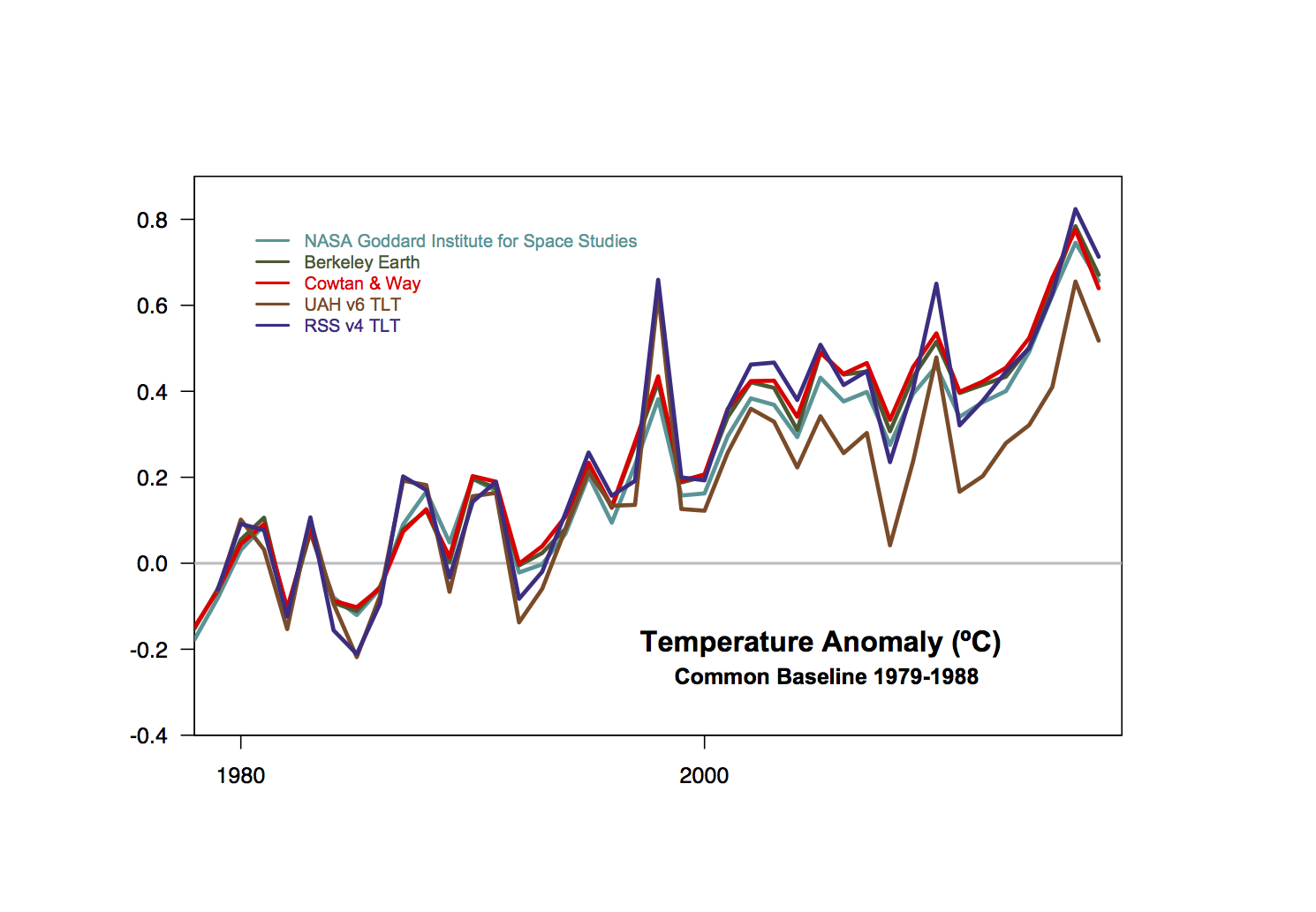One of the benefits of working for NASA is that the enormous range of science the agency covers – from satellite records for the present day, to exoplanet climates, from early Mars and deep time on Earth to the far future – and the opportunity to think ‘big’. This week sees the publication of a paper I wrote with Adam Frank that we hope might provoke some ‘big’ thinking.
The Silurian Hypothesis (preprint) is the idea if industrial civilization had arisen on Earth prior to the existence of hominids, what traces would be left that could be detectable now? As a starting point, we explore what the traces of the Anthropocene will be in millions of years – carbon isotope changes, global warming, increased sedimentation, spikes in heavy metal concentrations, plastics and more – and then look at previous examples of similar events in the geological record. What is unique about our presence on Earth and what might be common to any industrial civilization? Can we rule out similar causes?
[Read more…] about The Silurian Hypothesis
References
- G.A. Schmidt, and A. Frank, "The Silurian hypothesis: would it be possible to detect an industrial civilization in the geological record?", International Journal of Astrobiology, vol. 18, pp. 142-150, 2018. http://dx.doi.org/10.1017/S1473550418000095
